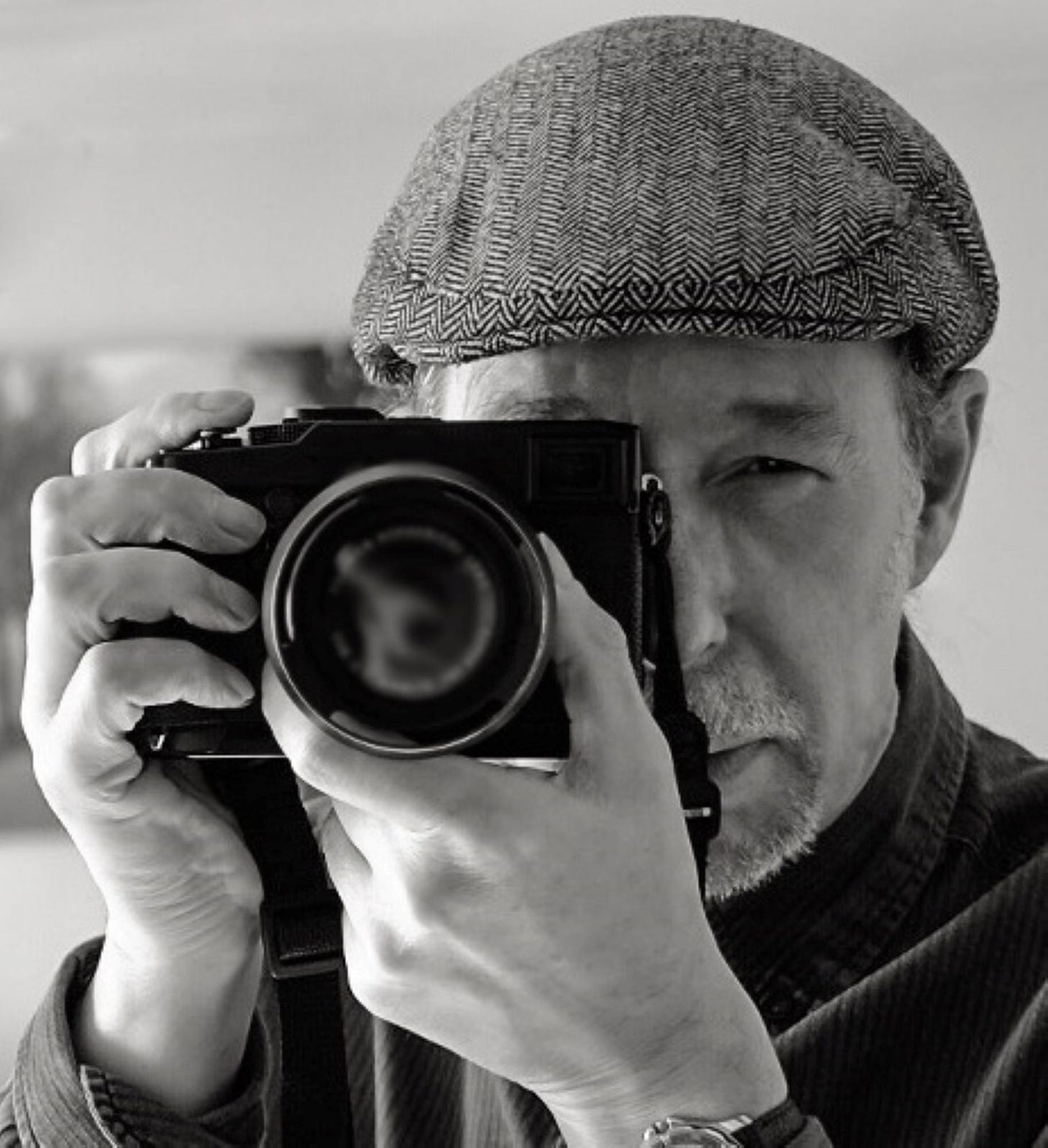Coal Town photos to be Woodhorn attraction
A new gallery will celebrate photographer Mik Critchlow’s legacy
A new gallery dedicated to the work and memory of Northumberland-based documentary photographer Mik Critchlow is to be opened at Woodhorn Museum.
The announcement comes exactly two years after his death – on March 7, 2023 - and on what would have been his 70th birthday.
It is a fitting tribute to a man who lived pretty much on the doorstep, in Ashington, and who documented the area and its people for more than 40 years, amassing an archive of some 50,000 photographs.
Many of them documented the coalmining industry and when in 1981 the last shift was worked at the old Woodhorn Colliery, later to become the museum, Mik was there to capture the moment.
Now the museum is to be home to Mik’s archive and more than 100 photographs will be displayed as The Coal Town Collection.
The name recalls the Coal Town exhibition in 2021, a major retrospective of Mik’s work which proved hugely popular with Woodhorn visitors, many of them reminded of a vanished way of life.
Also to feature in The Coal Town Collection will be personal items loaned by Mik’s family, including cameras he used throughout his career.
Liz Ritson, Woodhorn’s director of programmes and engagement, said: “Mik’s work is one of the most important historical archives we have of the end of deep coal mining in Northumberland.
“It also captures the short- and long-term impact of the industry’s closure on coalfield communities.”
More than capturing a moment in time, his “emotional and deeply personal” photographs also told stories of the Ashington communities he was part of, documenting everyday life with its moments of joy and sadness.
The new gallery, she added, would give visitors the opportunity to enjoy his photographs in the place he insisted they belonged.
Born and brought up in Ashington, Mik was inspired to start documenting life in the town after seeing an exhibition by the ‘pitmen painters’ of the Ashington Group whose work is also on permanent display at Woodhorn.
Part of a mining family, he would often refer to coal as being “in our blood”. His family had moved to Northumberland in the middle of the 19th Century to work in the mines.
Mik’s grandfather worked at Woodhorn Colliery for 52 years, his father spent 45 years as a miner and his two brothers also spent 25 years working underground.
Speaking at Woodhorn ahead of the 2021 exhibition, he said it had been “almost expected” that he too would go down the pit.
Instead, aged 15 and to his mother’s relief, he joined the Merchant Navy.
He recalled: “By the time I was 18 I’d been round the world a couple of times – the Med, Australia, India, the USA. The furthest north was Baffin Island.”
But after seven years at sea, he returned to dry land and signed up for a foundation course in graphic design and art history at Ashington College. He fancied designing prog rock album sleeves but there was a photography module.
“They thrust this 35mm camera in my hand and told me to take pictures. That was the start.”
Mik’s wife, Maureen, said: “Mik saw the Coal Town exhibition as the culmination of his life’s work within the area.
“Even though he’d worked on many projects further afield, it was this one, spanning a period of over 40 years, that was most special to him. He had a deep understanding and empathy for the people who lived and worked in his home town.

“Mik had a longstanding association with Woodhorn Museum, having exhibited his work there many times over the years and attended many a Miners’ Picnic.
“The museum also holds a collection of his original exhibition prints from the ’80s in its archive. He would have been honoured to have his work permanently housed in the museum to enable many more people to view it.
“It’s fitting, therefore, for his 70th birthday to coincide with the announcement of the new Mik Critchlow gallery.”
Shona Brown, his daughter, remembered her father’s “effortless ability to capture people’s emotions and personalities while simply going about their daily life.
“When looking back on the mining era, it’s easy to automatically think of the miners themselves and not their families or the devastating effects the loss of the industry had on the wider community.
“The selected images were personally chosen by my dad back in 2021, capturing community life over four decades and creating a breathtaking display.
“This permanent home of The Coal Town Collection will ensure not only that his legacy lives on, but also the memories and subjects in the images.”
It had been a pleasure working with the Woodhorn team, she said, and she was confident her father would have been delighted with the end result.
“For the past 44 years I have photographed the town, people and surrounding areas of Ashington, the town in which I was born, educated and still live,” said Mik of the Coal Town exhibition in 2021.
“Ashington as a community owes its very existence to coal mining, and although the extraction of coal was the major dominant factor in their lives, miners and their families shared many interests. There was always a strong tradition of community life.
“People would often ask me, ‘Why are you photographing me? I’m not royalty’, and I would say, ‘You’re my royalty, you’re just as important’. I’ve always told people they’re important. I was photographing them for history really.
“After all these many years, I feel that I'm bringing these people back to life again, back home where they all belong.”
Over the years, Mik’s work has been exhibited in the region and further afield, and his third book, Coal Town, featuring images from the exhibition, was published in 2019.
The Coal Town Collection will open at Woodhorn Museum in May on a date to be announced.






